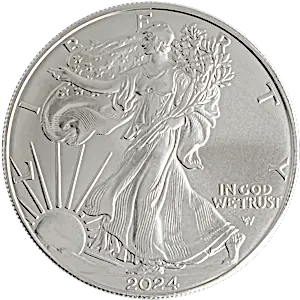
Understanding the Gold Karat System: History, Percentages, and Stamping
Gold has been a symbol of wealth and beauty across civilizations for millennia. One of the key aspects that determine its value and usage is its purity, measured by the karat system. This system plays a crucial role in jewelry making and gold trading. Let’s dive into the history of the gold karat system, understand its current standards, and see how gold is categorized from 24K down to 1K.
History of the Gold Karat System
The concept of karats originated in ancient times. The term “karat” derives from the carob seeds that were used as balancing scales to measure the weight of gemstones due to their uniform weight. Eventually, the system was adapted to measure the purity of gold. Historically, the purest gold was defined as 24 karats, meaning that all 24 parts of the gold are pure without any trace of other metals.
How the Karat System Works
The karat system measures the purity of gold on a scale from 1 to 24, with 24 karat gold being pure gold. The number of karats tells you how many parts of gold are contained in 24 parts of the alloy. For example, 18 karat gold means that 18 parts out of 24 are gold and the remaining 6 parts are other metals, such as copper or silver, which are added to make the gold harder and more durable.
Table of Gold Karats and Their Percentages
Here is a table that breaks down the karat system, showing the karat number, the percentage of gold it represents, and common stampings found on gold jewelry:
| Karat (K) | Gold Content (%) | Common Stamping |
|---|---|---|
| 24K | 100% | 999 or 24K |
| 22K | 91.67% | 917 or 22K |
| 18K | 75% | 750 or 18K |
| 14K | 58.33% | 583 or 14K |
| 10K | 41.67% | 417 or 10K |
| 9K | 37.5% | 375 or 9K |
| 8K | 33.33% | 333 or 8K |
| 6K | 25% | 250 or 6K |
| 1K | 4.17% | 417 or 1K |
Stamping and Legal Requirements
In many countries, there are strict regulations governing the stamping of gold jewelry, which must accurately reflect the karatage. This stamping is crucial for consumers as it certifies the purity of the gold they are purchasing. For example, jewelry marked with “750” means it is 18 karat gold which consists of 75% gold.
Conclusion
Understanding the gold karat system is essential for anyone interested in buying or working with gold. It ensures that consumers can make informed decisions based on the purity of gold, which affects both its value and its suitability for different types of jewelry. The karat system not only connects us to the ancient practices of gold measurement but also ensures consistency and trust in modern-day gold transactions.

2024 Gold American Eagle Coin – 1 Troy Ounce, 22k Purity
. 2024 Gold American Eagle Coin – 1 Troy Ounce, 22k Purity Highly popular American Eagle gold coin series in the 1 oz gold bullion size,

Silver American Eagle
Silver American Eagle – RANDOM Year Buy Random Year American Silver Eagle and Save On The Most Popular Coin in the World! World’s most

Gold Karat Conversion Calculator
These calculators facilitate the conversion between gold purity expressed in karats and other common units of measurement such as percentage, parts per thousand (promil), and

